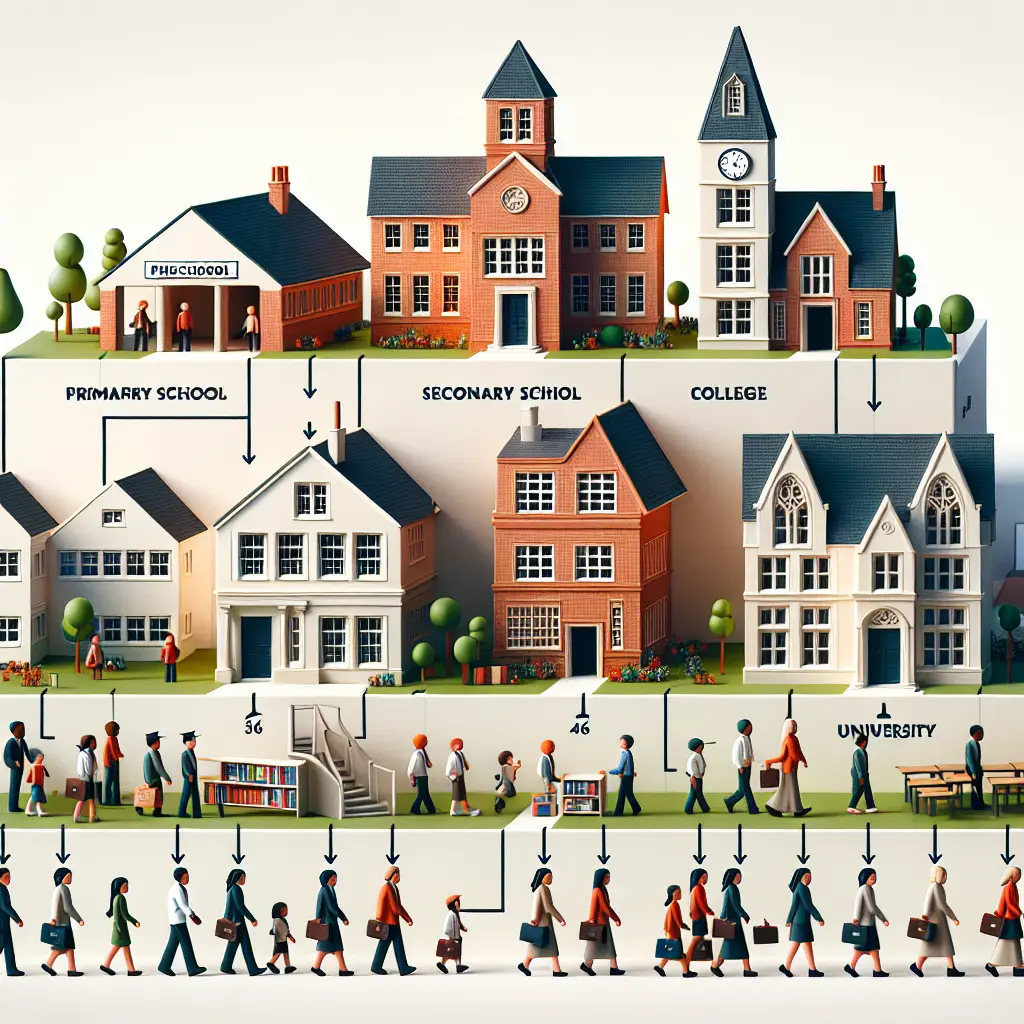In a captivating presentation, the Royal Air Force Museum recently hosted a lecture by David Spruce, focusing on the crucial yet often overlooked contributions of ground crew and non-flying personnel in the Royal Flying Corps (RFC) from 1912 to 1920. This lecture is part of an enlightening series that seeks to provide a more comprehensive understanding of the RFC's operations during World War I.
Spruce, a historian with a deep-seated knowledge of British Air Power during the First World War, emphasizes the indispensable roles played by mechanics, engineers, and other non-pilot personnel. While much attention has historically been given to the feats of fighter pilots and aces, Spruce aims to balance this narrative by highlighting the significant sacrifices and contributions of those on the ground. These individuals, despite being far from the limelight, were pivotal in maintaining the operational effectiveness of the RFC.
The lecture begins by evaluating Britain's preparedness for World War I in 1914, questioning whether the nation had adequately equipped itself with the skilled workforce required for modern warfare. At the time, Britain's education system was not ideally structured to produce a technically proficient workforce, leaving gaps that were initially filled by apprenticeships and the newly established civic universities. This lack of preparedness underscored the challenges faced by the RFC in recruiting personnel capable of handling complex mechanical tasks.
As Spruce continues, he describes the initial formation of the RFC, which heavily relied on transfers from the Army's balloon school and civilian volunteers. The RFC employed trade tests to identify and recruit individuals with valuable mechanical skills, setting a precedent for future recruitment strategies. The lecture illustrates how these strategies evolved throughout World War I, adapting to include younger recruits, unskilled laborers, and eventually women through the formation of the Women's Royal Air Force.
By 1918, the RFC had developed an advanced training system capable of transitioning from a dependency on skilled recruits to effectively training less experienced individuals for specialized roles. This adaptability was key to managing the technological and operational demands of warfare, ensuring that the RFC could maintain its effectiveness despite the rapidly changing landscape of military aviation.
Adapting to Change: Recruitment and Training Innovations
Spruce's analysis extends beyond Britain's borders, exploring international recruitment efforts. Particularly noteworthy are the efforts in Canada, where the RFC sought to enlist both pilots and skilled tradesmen. These endeavors were not without their challenges; competition with other military branches and wage inflation posed significant hurdles that had to be navigated with strategic foresight.
The lecture presents a compelling case for understanding how adaptability and logistical planning were central to sustaining Britain's air capabilities. The strategic foresight demonstrated by the RFC leadership allowed them to meet manpower needs amid significant challenges, including rapidly advancing technologies and intense operational demands.
Beyond mere recruitment and training strategies, Spruce's lecture is an acknowledgment of those whose contributions have long been overshadowed by more glamorous narratives. It is an important reminder that military success is not solely dependent on those in combat roles but also on the myriad individuals who ensure operational effectiveness from behind the scenes.
The Royal Air Force Museum is commended for facilitating such insightful explorations into this critical aspect of World War I history. By providing a platform for lectures like Spruce's, they are broadening our understanding of military aviation history and honoring the unsung heroes who played vital roles in shaping it.
Celebrating Unsung Heroes: A Broader Narrative
Through this lecture series, we gain a deeper appreciation of the multifaceted nature of military operations during World War I. It highlights that alongside bravery in the skies, it was the perseverance and skill of those on the ground that ensured triumphs were possible.
This exploration into the broader narrative of military aviation history is essential not just for historical accuracy but for fostering an appreciation for all contributors to wartime efforts. By celebrating these unsung heroes, we cultivate a more inclusive historical narrative.
In conclusion, David Spruce's lecture represents a significant step towards rectifying historical oversights within military aviation history. It serves as a poignant reminder that while fighter pilots are often celebrated, it is crucial to remember and honor those who supported them from behind the scenes.
In celebrating these contributions, we enrich our understanding of history and pay homage to all who served. It is this inclusive approach that will ensure their legacy endures in public memory.
This initiative by the Royal Air Force Museum marks an important contribution towards a more comprehensive historical record.
Like and subscribe to Royal Air Force Museum on YouTube here.






Leave a Comment